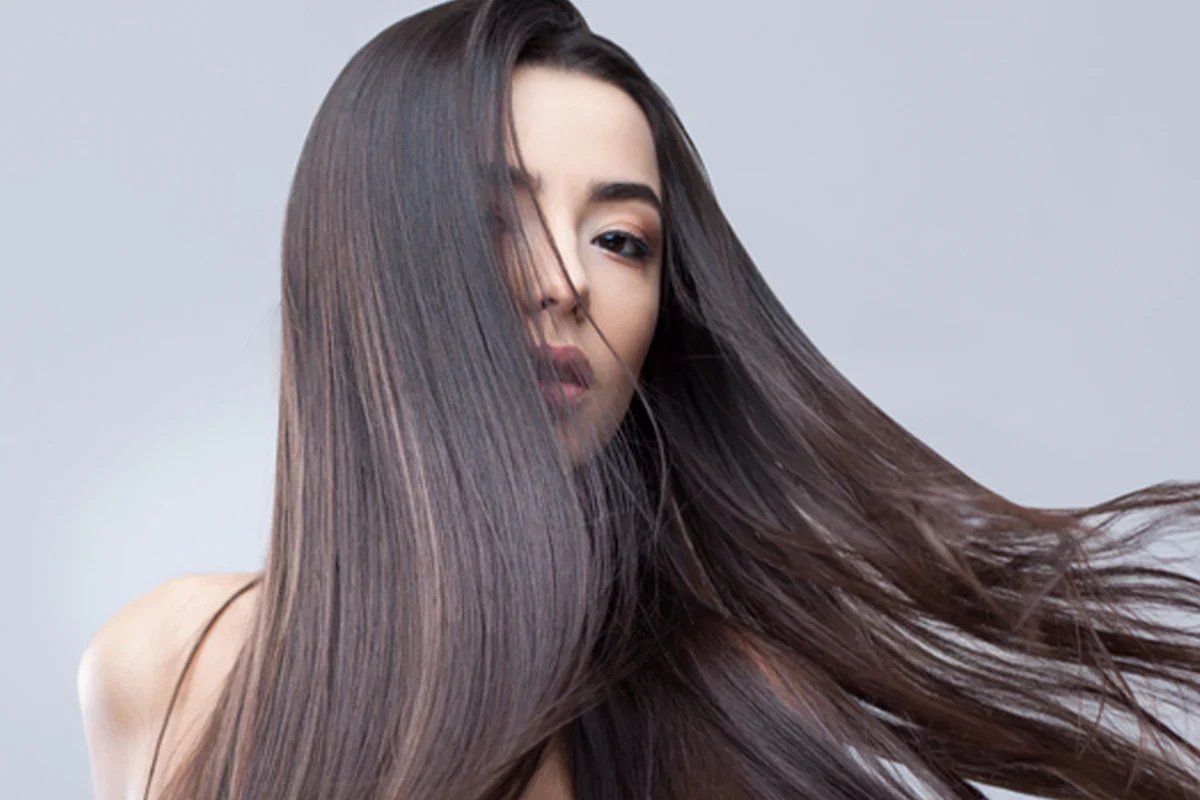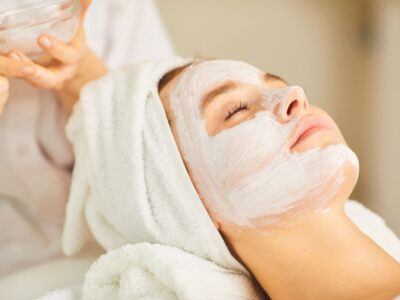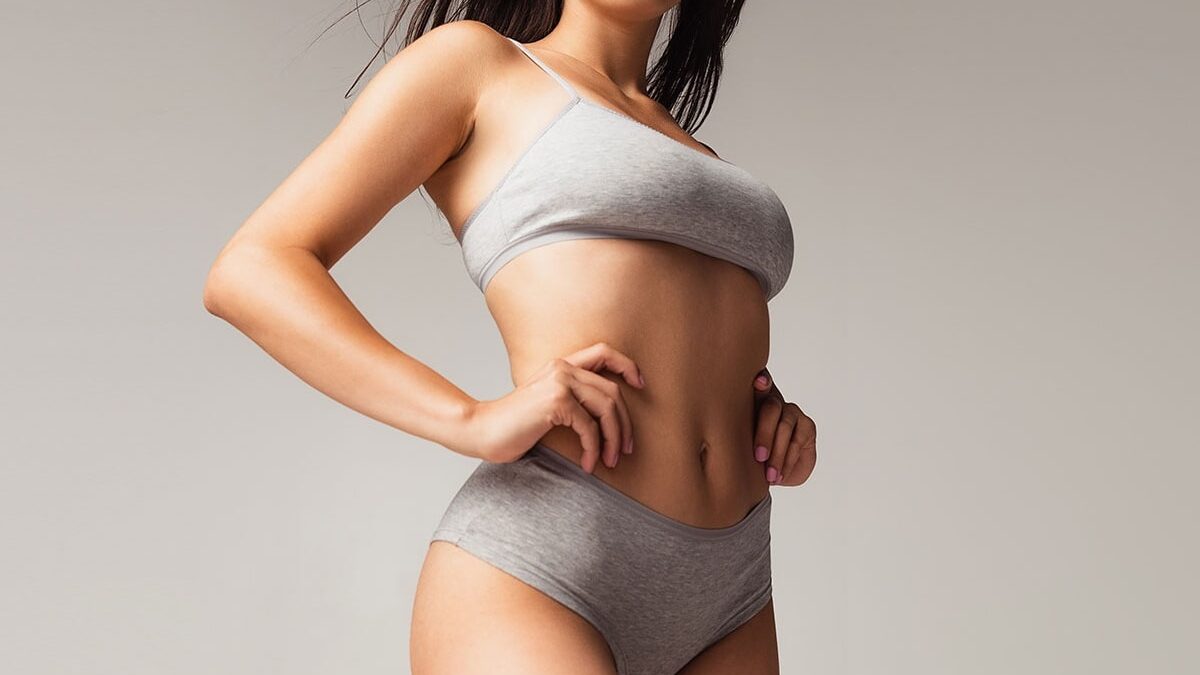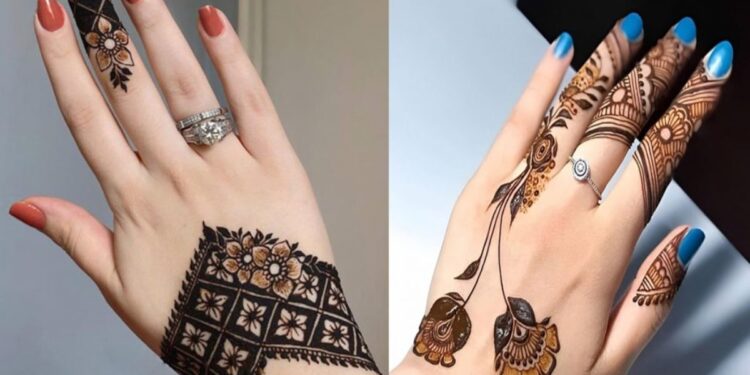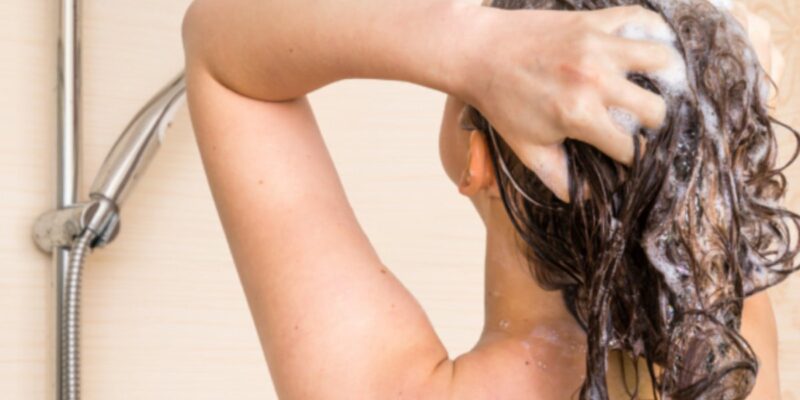
Hey there! If you’re anything like me, you’ve probably stood in the hair care aisle wondering about all those “cleansing shampoos” and what makes them so special.
Well, grab your favorite beverage because I’m about to break down everything you need to know about these hair-saving heroes. After years of testing different products and diving deep into hair care research,
I’m excited to share my knowledge and help you understand why cleansing shampoo might be exactly what your hair routine needs.
What Exactly Is Cleansing Shampoo?
Let’s start with the basics! A cleansing shampoo (sometimes called a clarifying or purifying shampoo) is like a reset button for your hair. Think of it as a deep cleaning treatment that removes all the stubborn buildup that your regular shampoo might miss.
You know that feeling when your hair just feels… heavy? That’s usually when you need a cleansing shampoo to step in!
The Difference Between Regular and Cleansing Shampoo
Your everyday shampoo is like washing your face with a gentle cleanser – it gets the job done for daily use. Cleansing shampoo, on the other hand, is more like a deep pore cleansing facial mask. It’s specifically formulated to:
- Remove product buildup
- Clear away excess oils
- Eliminate mineral deposits from hard water
- Deep clean your scalp
- Strip away environmental pollutants
Why Do You Need a Cleansing Shampoo?
Listen, I get it – adding another product to your hair care routine might seem unnecessary. But trust me, there are some telltale signs that your hair is crying out for a deep cleanse:
- Your hair feels weighed down: Even after washing, it just doesn’t have that bounce and volume you love
- Styling products aren’t working like they used to: Your favorite mousse or hairspray suddenly seems less effective
- Your scalp is itchy or flaky: Product buildup can irritate your scalp and cause discomfort
- Your hair looks dull: There’s a visible lack of shine and vitality
- You have hard water at home: Those mineral deposits can really do a number on your locks!
The Science Behind Cleansing Shampoos
Okay, let’s get a bit nerdy (in a fun way!) about how these products actually work. Cleansing shampoos typically contain stronger surfactants than regular shampoos. These are the cleaning agents that break down and wash away:
- Silicones from conditioning products
- Oils and sebum
- Hair styling product residue
- Chlorine and mineral deposits
- Environmental pollutants
Key Ingredients to Look For
When you’re shopping for a cleansing shampoo, keep an eye out for these powerful ingredients:
- Sodium Laureth Sulfate or Sodium Lauryl Sulfate: These are strong cleansing agents (yes, sulfates can be okay for occasional use!)
- Citric Acid: Helps remove mineral buildup
- Activated Charcoal: Absorbs excess oils and impurities
- Tea Tree Oil: Great for scalp health
- EDTA: Helps remove mineral deposits from hard water
- Salicylic Acid: Excellent for scalp exfoliation
How to Use Cleansing Shampoo Properly
Here’s where I see a lot of people go wrong – using cleansing shampoo too frequently or incorrectly. Let me share my tried-and-true method for getting the best results:
- Wet your hair thoroughly: Use warm (not hot) water to open up the hair cuticles
- Apply the shampoo: Focus on your scalp and roots where buildup tends to accumulate
- Massage gently: Use your fingertips (not nails!) to work the product in for 1-2 minutes
- Rinse thoroughly: Make sure all product is completely washed out
- Follow with conditioner: Your hair might feel stripped, so don’t skip this step!
Frequency of Use
This is super important: cleansing shampoos are not for daily use! Here’s a general guide:
- For normal to oily hair: Use once every 1-2 weeks
- For dry or colored hair: Use once every 3-4 weeks
- For swimmers: Use once per week to remove chlorine
- Before chemical treatments: Use 3-4 days before coloring or perming
Different Hair Types and Cleansing Shampoos
Not all hair types react the same way to cleansing shampoos, so let’s break it down:
Fine Hair
- Benefits from more frequent cleansing
- Look for lightweight formulas
- Can usually handle stronger cleansing agents
Thick or Coarse Hair
- Needs less frequent cleansing
- Should opt for moisturizing cleansing formulas
- May benefit from pre-treatment oils
Curly Hair
- Requires gentle cleansing formulas
- Should use less frequently
- Need extra conditioning afterward
Color-Treated Hair
- Should use color-safe cleansing formulas
- Needs less frequent cleansing
- Must follow with color-protecting conditioner
Common Mistakes to Avoid
Through my years of experience and research, I’ve noticed these frequent mistakes people make with cleansing shampoos:
- Using it too often: This can strip your hair of natural oils
- Skipping conditioner: Always, always follow with conditioning!
- Using water that’s too hot: This can damage your hair and scalp
- Not rinsing thoroughly: Leftover product can cause more buildup
- Using on freshly colored hair: Wait at least a week after coloring
DIY Alternatives to Cleansing Shampoo
While I love a good commercial cleansing shampoo, there are some effective DIY options you can try:
Apple Cider Vinegar Rinse
- Mix 1 part ACV with 3 parts water
- Apply after regular shampooing
- Great for removing mineral buildup
Baking Soda Solution
- Mix 1 tablespoon baking soda with water to form a paste
- Gentle scrub for your scalp
- Use sparingly as it can be drying
Bentonite Clay Treatment
- Mix clay with water to form a mask
- Great for absorbing excess oils
- Use monthly for best results
Special Situations and Solutions
Let’s talk about some specific scenarios where cleansing shampoo can be particularly helpful:
Swimming Pool Hair Care
- Use before and after swimming
- Look for formulas with chelating agents
- Follow with extra conditioning
Hard Water Solutions
- Use chelating cleansing shampoos
- Consider a shower filter
- May need more frequent cleansing
Product Junkie Recovery
- Start with a deep cleanse
- Gradually reduce product use
- Maintain with regular cleansing sessions
Professional Treatments vs. At-Home Care
While I love a good salon treatment, you can achieve great results at home if you know what you’re doing. Here’s a comparison:
Salon Treatments
- Professional-grade products
- Expert application
- Complementary treatments available
- More expensive
- Time-consuming
At-Home Care
- More affordable
- Convenient
- Can be just as effective with proper technique
- Requires some knowledge and practice
- Greater control over frequency
Environmental Impact and Sustainable Options
In today’s world, we can’t ignore the environmental impact of our beauty routines. Here are some eco-friendly considerations:
Sustainable Ingredients
- Look for biodegradable formulas
- Choose naturally derived ingredients
- Avoid microplastics
Packaging
- Opt for recycled and recyclable packaging
- Consider solid shampoo bars
- Look for refillable options
The Future of Cleansing Shampoos
The hair care industry is constantly evolving, and cleansing shampoos are no exception. Here are some exciting trends to watch:
- Customizable formulas: Products tailored to specific hair needs
- Natural innovations: New plant-based cleansing agents
- Smart technology: Products that adapt to your hair’s needs
- Sustainable solutions: More eco-friendly options
Investment in Your Hair Health
Think of cleansing shampoo as an investment in your hair’s health. While it might seem like an extra expense, consider:
- Reduced need for styling products
- Better absorption of conditioning treatments
- Longer-lasting color treatments
- Healthier scalp and hair growth
- More effective daily hair care routine
Final Thoughts and Recommendations
After all this discussion, you might be wondering where to start. Here’s my advice:
- Assess your hair type and needs: Consider your hair texture, treatments, and styling routine
- Start gradually: Introduce cleansing shampoo into your routine slowly
- Monitor results: Pay attention to how your hair responds
- Adjust as needed: Don’t be afraid to modify frequency or switch products
Remember, healthy hair starts with a clean canvas, but that doesn’t mean stripping it of all its natural goodness. The key is finding the right balance for your specific hair type and needs.
Whether you’re dealing with product buildup, hard water, or just want to give your hair a fresh start, a good cleansing shampoo can be a game-changer in your hair care routine. Just remember to use it mindfully and always follow up with proper conditioning.
I hope this guide has helped demystify cleansing shampoos and given you the confidence to incorporate them into your hair care routine. Your hair deserves the best care possible, and sometimes that means hitting the reset button with a good cleanse. Here’s to happy, healthy hair days ahead!


